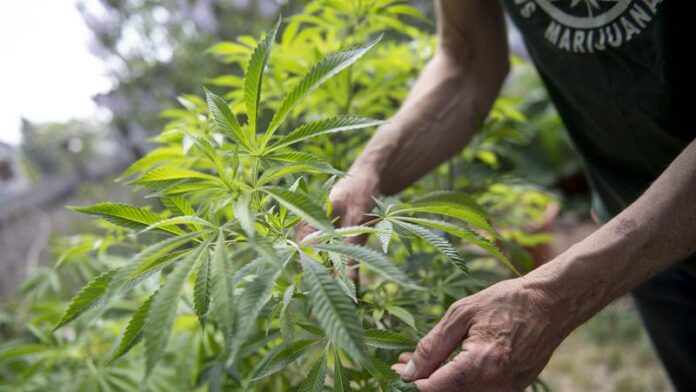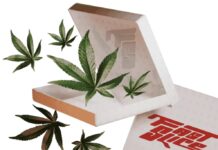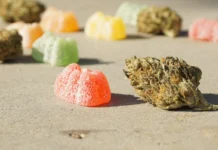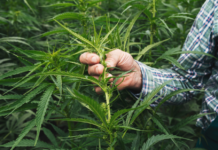When looking to increase your production, it may make sense to invest in extra lights and plants, but for those with limited space or legal limits, cannabis growing techniques may help you optimize the potential of any area while producing plump thick buds that will add up come harvest time. The challenge is that there are so many various weed growing techniques available that it may be challenging to know where to begin. To assist, we have created a list of the most common and an explanation of what you will be getting into with each one.
Screen of Green
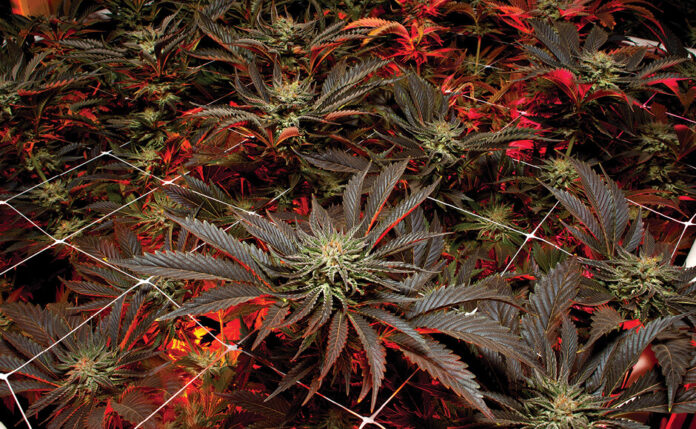
Scrogging, also known as SCROG or Screen of Green, is a labor-intensive yet profitable pot-growing technique as long as the grower picks a strain that can withstand the harsh treatment. SCROG is a high-stress approach that does come with some danger, but the return is enormous buds and short bushy plants that take up less room if you work slowly and carefully. Scrogging is a training technique that uses a screen as a guide to hold branches up in a posture that distributes available light equally. It usually begins during the blooming period, when the plant produces the maximum growth. The screen helps to spread out the branches, allowing for even light and nutrient availability, resulting in larger colas and a higher yield.
Sea of green (SOG)
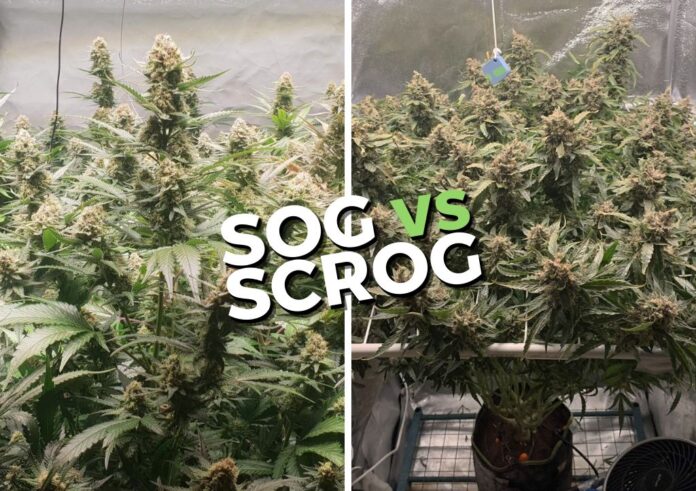
SOG is a weed growing technique that maximizes your grow space’s potential production. It causes plants to blossom more early than they would normally. Lights are frequently turned on within two weeks to begin the flowering cycle. When compared to typical photoperiod approaches, this harvest is quite early. It is, in essence, the most effective approach to utilize limited space. Keeping each plant small enhances the surface area available for light absorption. Cannabis, like virtually other plants, flourishes in the presence of light. This configuration offers higher yields in terms of both weight and quality.
For growers interested in optimizing their Sea of Green setup, consider exploring advanced hydroponic solutions. Grand Hydro solutions, for instance, offer innovative hydroponic systems designed to complement the SOG method, ensuring efficient nutrient delivery and fostering accelerated growth. Integrating such solutions into your SOG approach can further enhance yields and overall plant health.
While each plant yields less than it would if allowed to achieve its full potential, the aggregate yield of the crop is substantially higher. Sea Of Green is a must-try for anyone looking for lightning-fast turnarounds. Cutting the vegetative cycle by up to 80% is no small achievement. It is now achievable with a little care and attention early on. SOG is suitable for all sorts of growers and is worth trying for everyone who enjoys growing cannabis plants. The outcomes will make you extremely happy, whether you do it to boost yields or simply because you desire a new challenge.
Low Stress Training (LST)
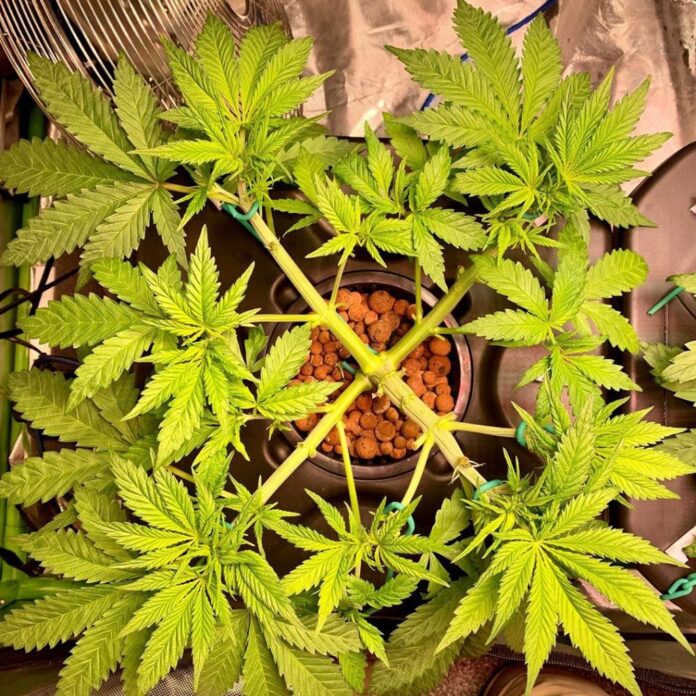
Low stress training is a procedure that does not cause any harm to the plant. Most training methods we’ve seen so far entail “stressing” the plant, but the purpose of LST is to generate an equal, level canopy without inflicting any damage. For a successful Low Stress Training, all you will need is a string-like material (ideally rubber coated) or a copper wire. Then bend the main stem down and fasten it horizontally, parallel to the grow light. Because of the constant exposure to light, this will result in a large number of new bud sites. There are several ways to secure the wires or strings, but the most important is maintaining the canopy equal and flat. Anything that becomes too tall must be bent and fastened. LST can produce remarkable outcomes with minimal effort despite not being as harsh as the other approaches.
Fluxing
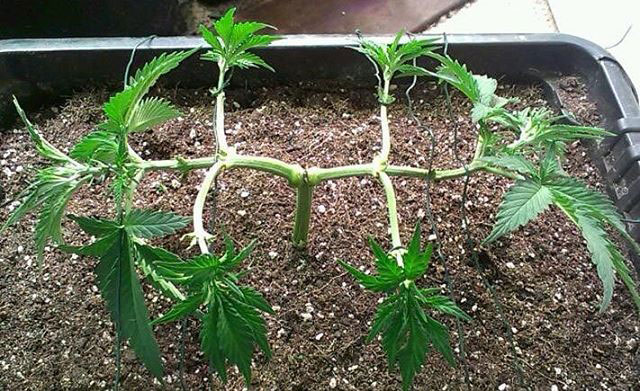
The act of evenly spreading the two main stems to generate a broad and flat plant with many spaced bud sites is known as fluxing. The benefit of fluxing over manifolding is complete control over the plant’s growth pattern. Light penetration and airflow spacing will be equal in each area. Furthermore, every limb has the same structure. This might be a tremendous help! “The process is practically symbiotic in form since you control every part of its development,” writes Light Addict. The basic concept of fluxing is to top the cannabis plant when it is young, remove all but two critical stems, then secure the two main branches as the plant grows. More topping is used to create a grid-like manifolding with equally spaced colas. Fluxing weed allows your plant to focus its energy on each branch rather than just one. As a result, the canopy is even, with equal quantities of light reaching each branch. Furthermore, fluxing cannabis enhances light penetration and airflow from top to bottom of the canopy. This increases overall plant health and lowers the chance of disease emergence.
Schwazzing
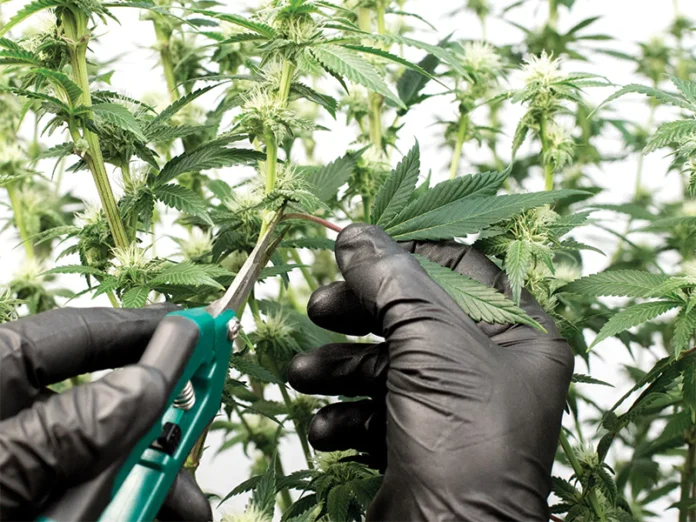
The schwazzing procedure removes the fan leaves off a cannabis plant until only the stems, roots, and buds remain. The sight might be frightening for inexperienced growers, but there is a purpose for this severe approach. Excessive trimming may appear counterproductive, yet it is beneficial and not unique to cannabis. Horticulturists have managed plant development for hundreds of years to affect how plants develop and how much they yield. The purpose of employing the schwazzing procedure on pot crops is to foster healthy development.
Additionally, according to Premium Cultivars the schwazzing concept is comparable to other stress-inducing training approaches. The stimulation pushes the plant to adapt for it to become stronger. Small rips form in the muscle fibers when you exercise and stress your muscles. When they recuperate, they get stronger and their muscles expand. Stress causes your body to adapt and become more resilient. The reasoning behind the schwazzing approach is similar. Stress pushes the plant to adjust in order to live, allowing it to prosper in the long run. If not done correctly, there are associated hazards, but a higher yield’s payoff is worth the work.
These methods are only the tip of the iceberg. Further, training strategies such as monster cropping need substantial cannabis growing expertise. Most of the approaches listed above should be used during the vegetative stage while the plant is still young and flexible. Also, remember that no matter how much training and work you put in, plant genetics is the most significant aspect of your growing experience. There is no way to produce greater output from a plant than its genetic potential; therefore, get high-quality seeds from reputable cannabis seed banks. Training is appropriate for all sorts of growers, both indoors and outdoors.
